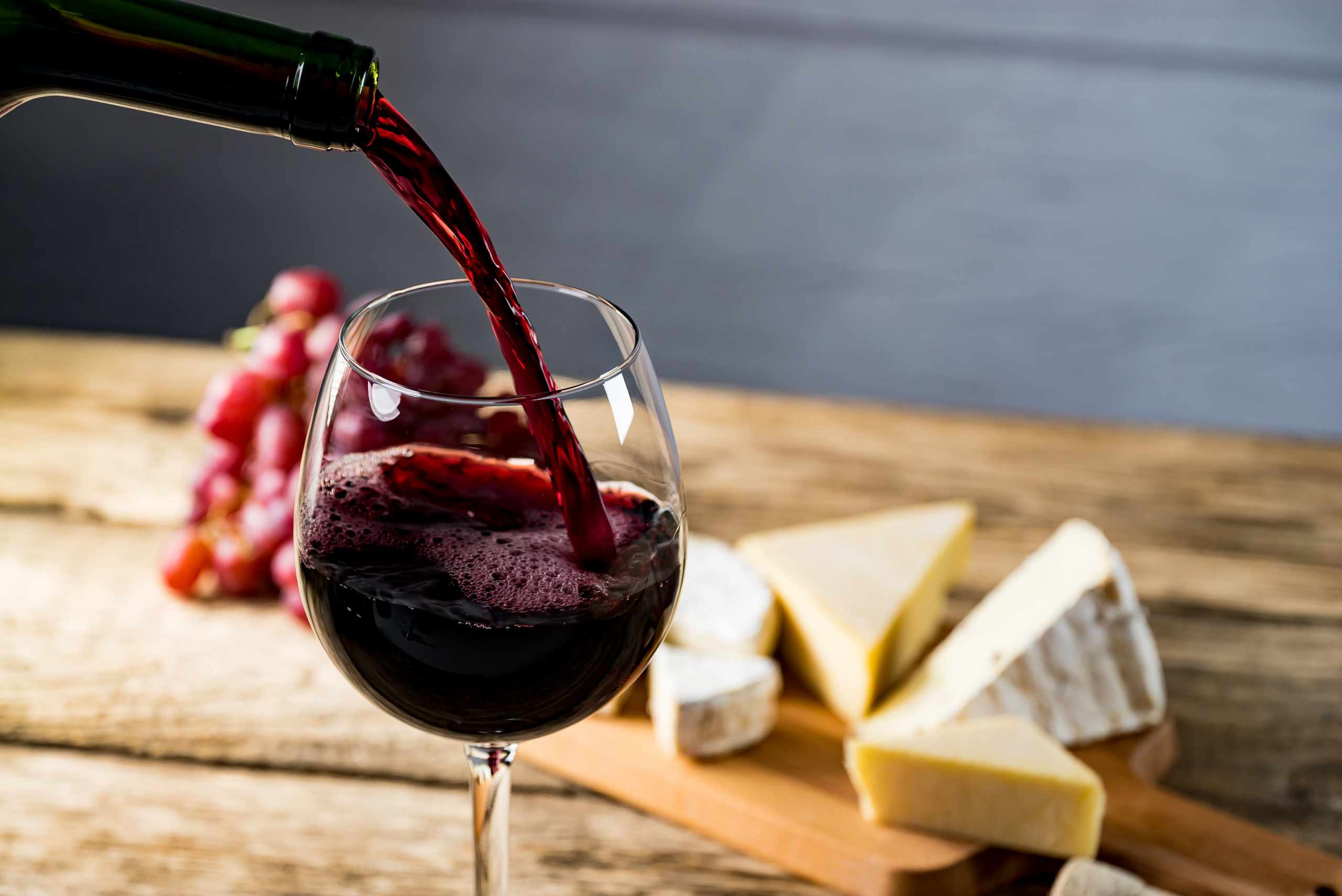A poet once wrote about wine, saying it?s akin to ?bottled poetry.? Indeed, drinking wine 101 makes every meal an occasion, every table more elegant, and every day more civilized. Drinking wine 101 can be as easy as pie, but knowing when to drink what wine can be something else.?
In this article, you shall learn the different types of wine and when to drink them.?
What is wine?
Wine can be defined as an alcoholic beverage made from grapes. It has been part of people?s lives for centuries. It?s used for various formal and casual occasions such as celebrations, religious events, social functions, and as a food complement.?
How is wine produced?
There are many different wine production processes, but generally, it?s made through fermenting grape juice. There are hundreds of wine grapes such as merlot, pinotage, cabernet sauvignon, chardonnay, and Chenin blanc. To make the perfect wine, the grape fermentation process has to be flawless. Some wineries use additives such as sugars and sulphates to come up with the perfect taste. Other producers such as Usual Wines and their contemporaries, however, have no extra ingredients in their wines.?
Common types of wine and their food pairing
You have probably heard about red and white wines. They look and taste different, but what are they? Red and white wines are both made from grapes, but what differentiates them is the presence of grape skins during the fermentation process.?
Wine that has no contact with the grape skins ends up looking white, while red wines are fermented with the skins. Wine with little contact with the skins ends up pink in color. Basically, the skins produce a substance called tannin. It gives wine its color and its dry bitter taste. The more the tannin, the deeper the wine?s red color.?
There are many different types of wine that goes well with specific food items. But the general classifications?and some basic culinary pairings?are as follows.
- Red wine
Red wine has a deep red color and has tannin as its backbone. It gets its strong, leathery, or bitter taste from its significant amount of tannin. Tannin also gives red wine a smooth and soft texture. The darker the wine, the higher the level of tannin, and the bitter the taste.?
Red wines pair best with bold-flavored red meats. Because red wines can be bitter, they also go well with fat. Fat and salt give the bitterness a nice balance on your tongue.?
- White wine
White wines are clearer than red wines. They have little tannin, which is not enough to color them. They?re mostly distinguished by their acidity. White wines are generally crisp or tart. If the acidity is too low, white wines are said to be flat.?
You can be pair white wine with white meats such as fish and chicken. Because of its acidity, white wine can complement the fat in dishes like mac and cheese.?
- Ros?
Ros? is pink in color because of the relatively short period it gets in contact with red grape skins. Ros? also has a comparatively low level of tannin. Depending on the type of grape used to produce it, ros? can be sweet or dry.?
The many varieties of grapes that could be used to produce ros? wine make it suitable to pair with different dishes. Light ros?s tend to be paired with delicate foods such as fresh salads, charcuterie, feta, spinach, and cherry tomatoes. Meat can pair well with ros? wines that have more intensity.?
- Sparkling wine
Sparkling wine has carbonation which occurs during the fermentation process or through the injection of carbon dioxide. Sparkling wine can be sweet or dry. Lately, people have used champagne and sparkling wine to mean the same. Champagne, however, traditionally referred to finely produced wine in the Champagne region of France.?
Sparkling wine has mainly been used as a pre-food cocktail. It?s usually enjoyed at parties and receptions. The bubbles of sparkling wines offer an added versatility to wine pairing. Their acidity, dryness, and fruity taste make them perfect with foods like cheese, sweet bread, buttered popcorn, and fruit-based desserts.?
- Dessert wine
Producers of dessert wines typically use sweet grapes. They stop the fermentation process before the yeast turns the sugars into alcohol. Brandy is sometimes added to retain its natural sugars that would have been used up during fermentation. So consequently, dessert wines have a higher alcohol content than most wines.?
As the name suggests, dessert wine comes after a meal. It can be used as a substitute for heavy desserts. It?s normally poured in small glasses.?
When to drink wine
The phrase ?wine o?clock? has been officially recognized and added to the dictionary. It refers to the perfect time for pouring a glass. However, there?s no exact prescription as to the precise time for wine o?clock. Because wine goes best with food, historically, wine o?clock has depended on meal times.?
If you?re not sure about when to open that bottle, the following are some suggested times for drinking wine.?
- 11 to 1 PM: For wine testers, the best time to drink wine is between 11 AM and 1 PM. They believe the mouth is dry and unobscured by the taste of food during this period. They say saliva build-up in the mouth can drastically change the taste of wine.?
- 5 to 6 PM: Other wine drinkers consider the best time to drink wine is between 5 PM and 6 PM. They say this time is wine o?clock because you?re probably hungry before dinner, and so you?ll likely appreciate a glass of wine. Some say that between 5 PM and 6 PM, wine helps to wake a good appetite for dinner.
- Any time after 5 PM: Wine is associated with relaxation and leisure. Because 5 PM signifies the break from work, any time after five becomes the natural wine o?clock marker for most people. The texture, smell, and taste of wine are said to relax the senses.?
Takeaway
Wine is supposed to be enjoyed, even if you don?t know much about its intricacies and types. No one can ever claim to know everything about wine, anyway.?
There are hundreds of different types of red and white wine. Most wines in shops, restaurants, and clubs are categorized according to the variety of the grapes used or the place the grapes are harvested. While most feel wine is best enjoyed in the evening, you can have it anytime as long as it?s safe to do so?and as long as you consume it in moderation.?


